Content:
When buying or growing Peking cabbage, you can often notice the presence of spots on the leaves of the head of cabbage. The question arises, what are these black dots on Peking cabbage. Some people prefer to throw out the vegetable, others refuse to purchase it at all, and someone removes the dark areas, and uses the rest to prepare dishes. Trying to preserve a healthy plant product, it is important not to harm your own health.
Description of fruit and vegetable culture
The homeland of Peking cabbage as a vegetable garden is China. The exact date when this Chinese vegetable began to be grown has not been established, however, there is a version that this process began about six thousand years ago. The use of Chinese cabbage in cooking, used to make a huge number of dishes, is possible in the following ways, how it can be processed:
- fried;
- raw;
- extinguishing treatment;
- as a soup ingredient;
- as a decoration for a dish.
The countries of distribution of Peking cabbage from China are:
- Japanese islands;
- Korean Peninsula;
- states of Southeast Asia.
In European countries, this fruit and vegetable culture appeared less than a century ago. Today, this type of cabbage is grown in many vegetable gardens and summer cottages. In addition, Chinese cabbage is grown in large quantities on an industrial scale. The world leader in the amount of production of these products is the United States.
The process of plant growth is carried out quite quickly, it is distinguished by its unpretentiousness to the growing conditions, as well as to the conduct of agrotechnical measures for the care, which makes its cultivation available even for inexperienced gardeners. In a warm climate, secondary harvesting is possible.
Peking cabbage is a plant belonging to the Cabbage biological family. A representative of this vegetable culture has a number of external features of both white cabbage and lettuce. A large number of wrinkled leaves of a light green hue grow from an oblong head of cabbage elongated in shape.
The list of the most popular varieties of Peking cabbage includes:
- Russian size is a hybrid late ripening variety suitable for growing in unfavorable conditions. The fruit ripening period from the moment of planting is 80 days. Careful plant care allows you to get a 4-kg cabbage head;
- Cha-Cha is a mid-season variety of Peking cabbage, recommended for growing in temperate climates. Planting a plant can be carried out both by seedling and seed methods - the main condition is the healthy state of the planting material. The ripening period of cabbage from the moment of disembarkation is 54 days. The average weight of a head of cabbage is 2 kilograms;
- Orange mandarin is a precocious variety intended for cultivation in the Siberian region. The term for harvesting from the day of planting is 41 days. The mass of the head is 1 kilogram;
- Yuki F1 is an early maturing hybrid recommended for growing under film cover. A feature of this variety is the resistance to many diseases of Peking cabbage;
- Richie F1 is a mid-early hybrid variety, the fruits of which are not suitable for long-term storage. The average weight of a head of cabbage is 2 kilograms. The hybrid is considered very resistant to mucosal bacteriosis;
- Pomegranate is an early maturing high-yielding variety. The shape of the head of cabbage is cylindrical, a leaf of a dark green hue, one cabbage weighs 2 kilograms;
- Hydra F1 is a mid-season variety, the harvest of which is not suitable for long-term storage. The fruit ripening period from the moment of planting is 58 days. The shape of the head is oblong, the leaves (outer) are dark green and (inner) whitish-yellow. Freshly harvested vegetables are recommended;
- Nika is a mid-early keel resistant hybrid. The cut of a wide head of cabbage has a yellow tint. The wrinkled leaf has a waxy coating;
- A glass is a mid-season variety that is demanding on growing conditions. The fruit ripening period from the moment of planting is 70 days. The weight of a head of cabbage is 2 kilograms. Leaves are yellow-green in color, have a dense structure;
- The F1 Slides is a mid-season hybrid, keel and cracking resistant, suitable for both processing and long-term storage. The head of cabbage is barrel-shaped, weight - 2 kilograms;
- Peking broadleaf is an early maturing variety that does not have keel resistance and is not suitable for long-term storage. Heads ripening period from the moment of disembarkation is 50 days;
- Semi-cabbage is a mid-early variety recommended for growing in a greenhouse (a greenhouse is also suitable), suitable for storage in a refrigerator, taking into account the loss of useful properties. The term for harvesting from the moment of planting is 41 days. The size of the leaves is large, the color is bright green.
The problem of the appearance of black dots
The dots, initially almost transparent, light gray, turn black due to the appearance of pests such as the cabbage flea on them.
Point death of leaves
The manifestation of this trait is characteristic of the outer leaves, however, there are cases of damage to the inner leaf part. The size of one point is small, ranging from 0.5 to 4 millimeters. The shape of the spot is round or oblong, the color is black, the hole is depressed.
Alternaria disease
Alternaria is a fungal disease characteristic of humid climates with warm rainy weather. The sign of appearance at the seedling stage appears in the form of black stripes or spots. Adult plants are covered with black dots. An exacerbation of the disease contributes to the appearance of a soot-like plaque on which insect pests settle. Leaves fall right on the ridge.
Plant debris and seeds are the source of infection. The transmission of the disease is carried out by air or through water.
How to treat the appearance of black spots
The list of chemical-based drugs used to combat this disease includes:
- means "Speed";
- "Quadris";
- "Immunocytophyte".
The list of preventive measures to help fight blackheads contains the following recommendations:
- Observe the agrotechnical method of crop rotation;
- Removal of weeds;
- Try to protect the planting from pests;
- Carrying out deep plowing of the land in the fall;
- Seed material can be processed using the "Tiram" preparation;
- Providing hot heating to the seeds (placing the planting material to be processed in hot temperatures is the simplest folk method);
- Fertilization of plantings with potassium and ash;
- The introduction of the following substances into the soil:boron; molybdenum; phosphorus.
- Neutralization of acidified soils with lime;
- Dry collected homemade seeds;
- Discarding blackened seeds during harvest inspection;
- Providing the heads of cabbage with the necessary storage conditions;
- Selection of varieties resistant to diseases.
When grown independently, a disease such as blackheads on Chinese cabbage can be cured. When choosing this product at a grocery outlet, it is enough to refrain from purchasing it.
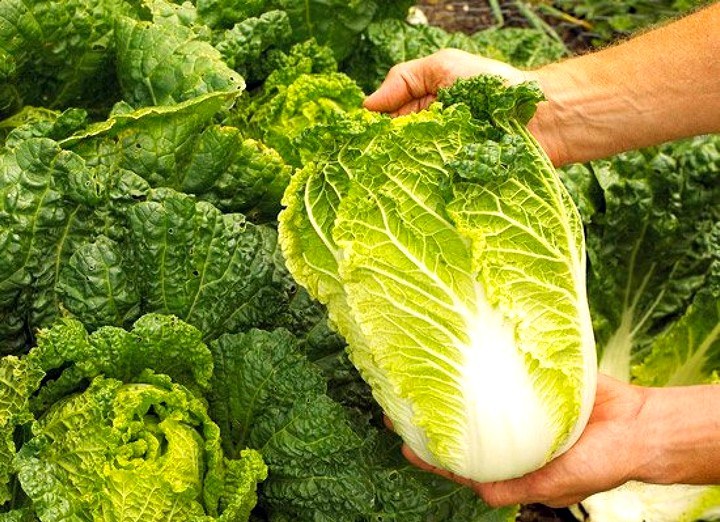
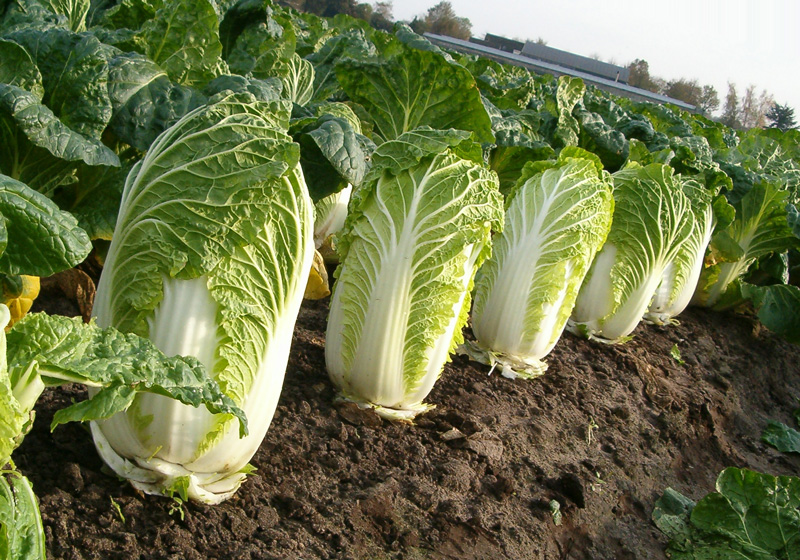
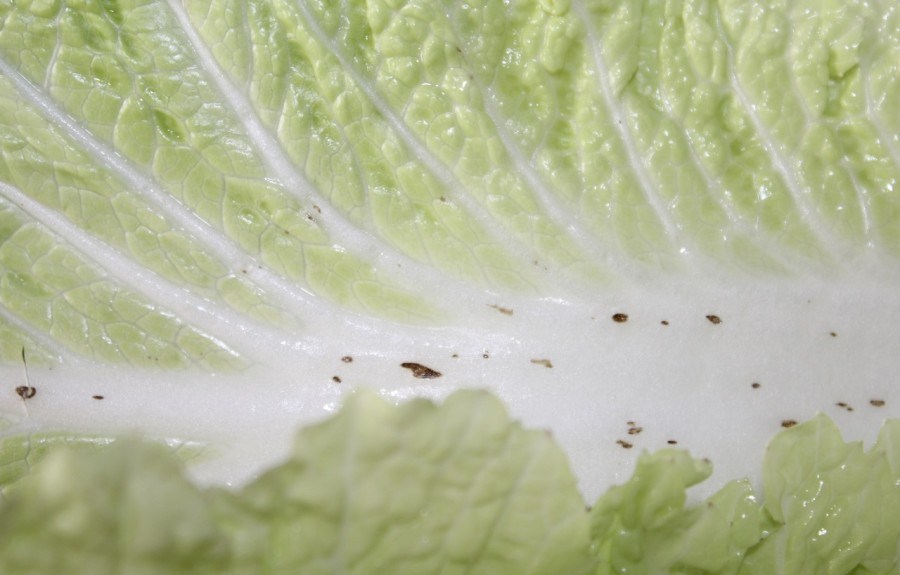

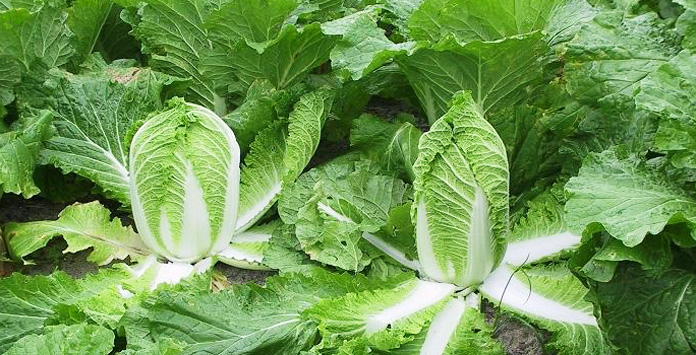

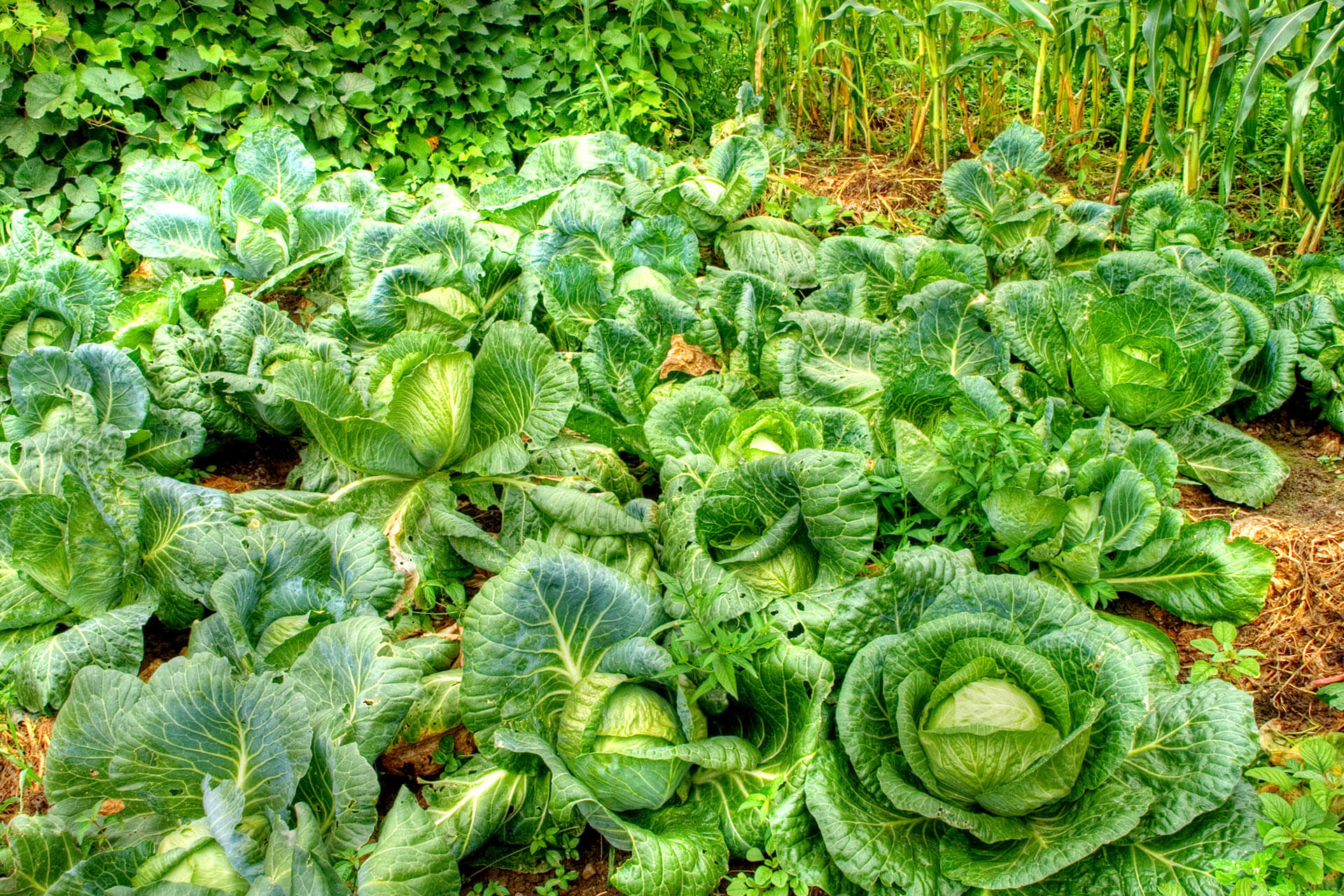

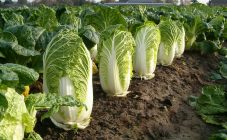
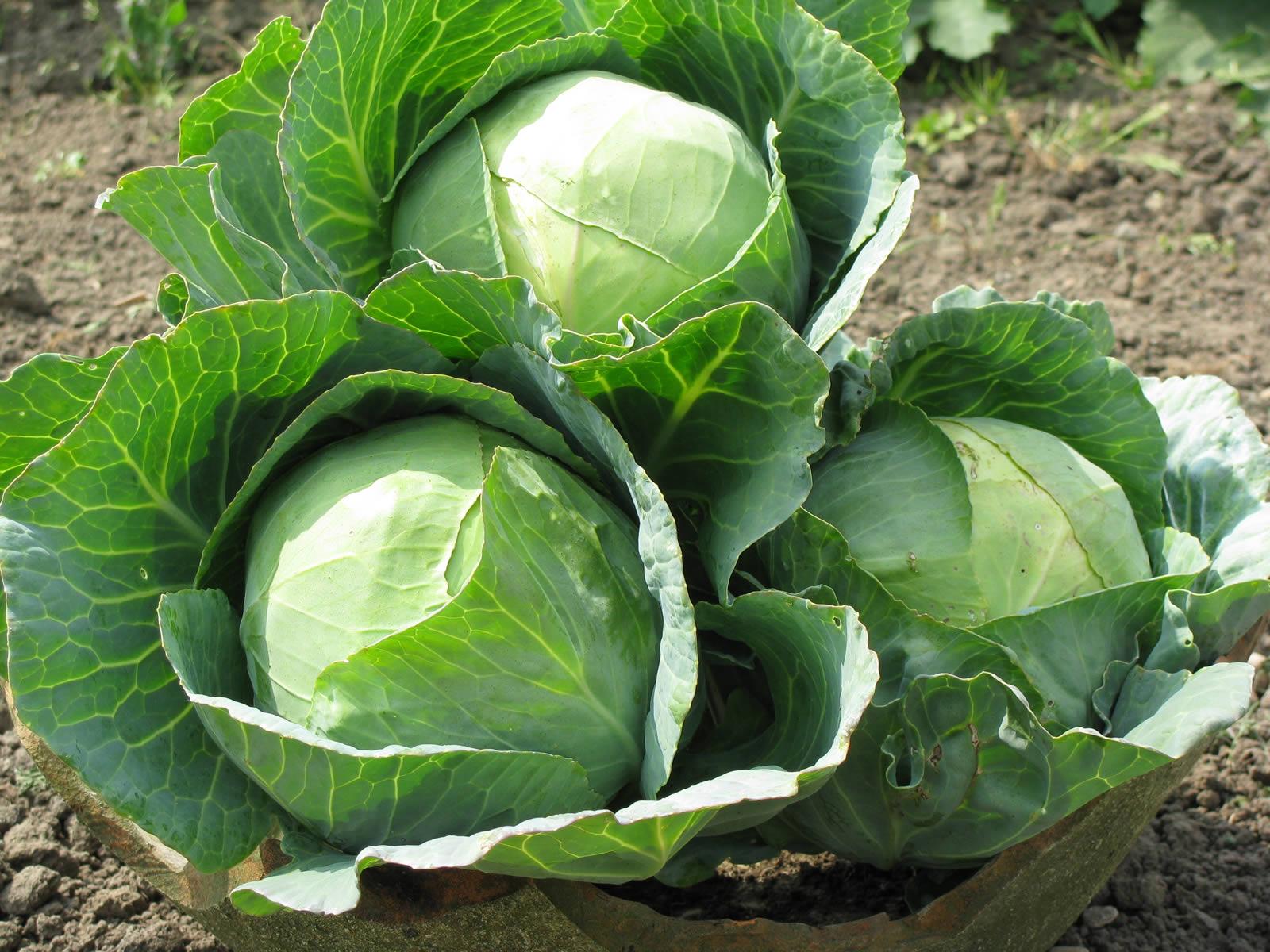







How to abstain? She is all like that in the store - literally all in black dots. I have never seen pure Peking cabbage.